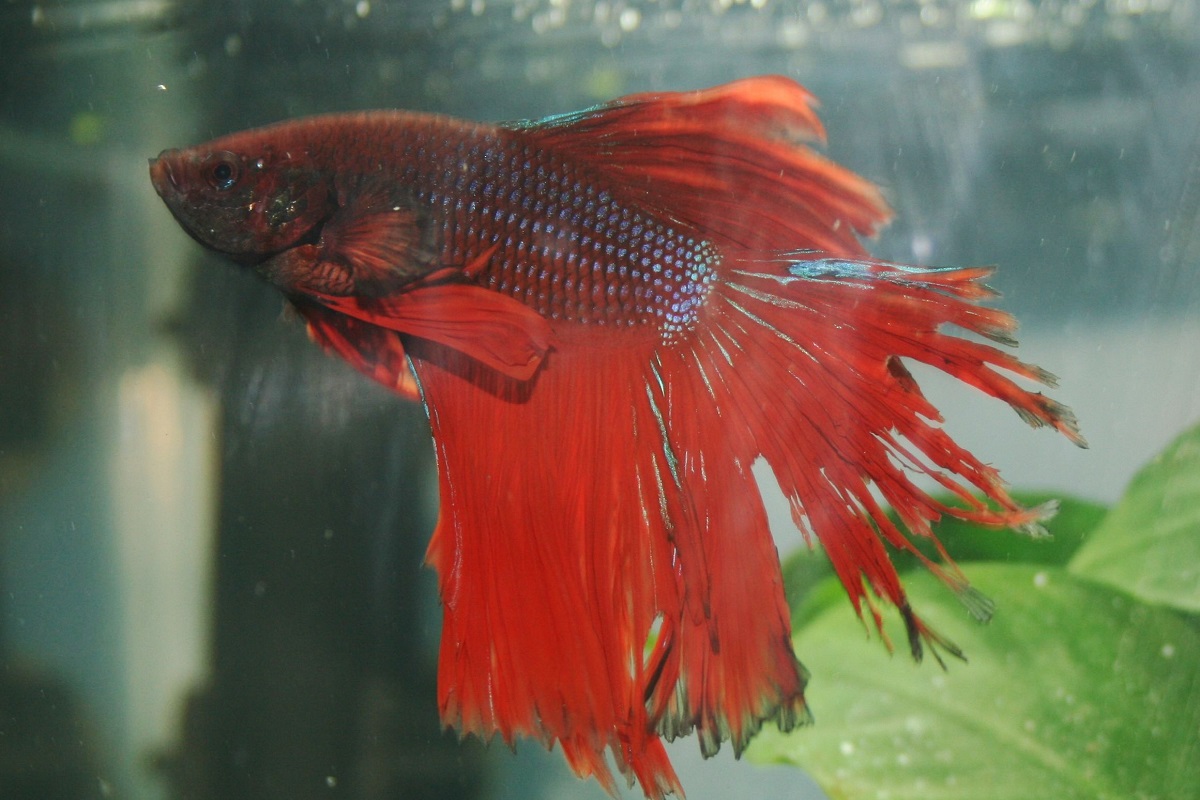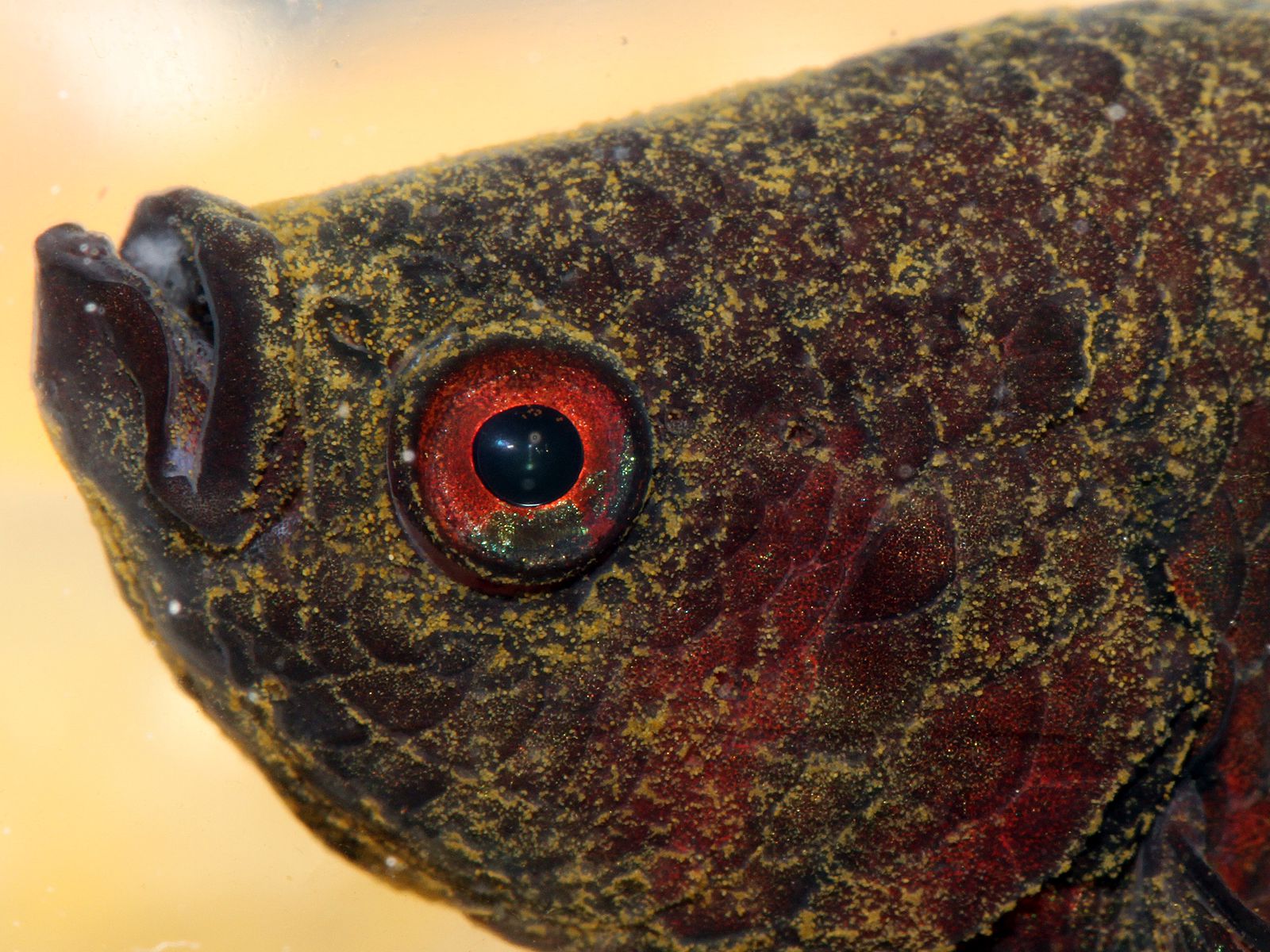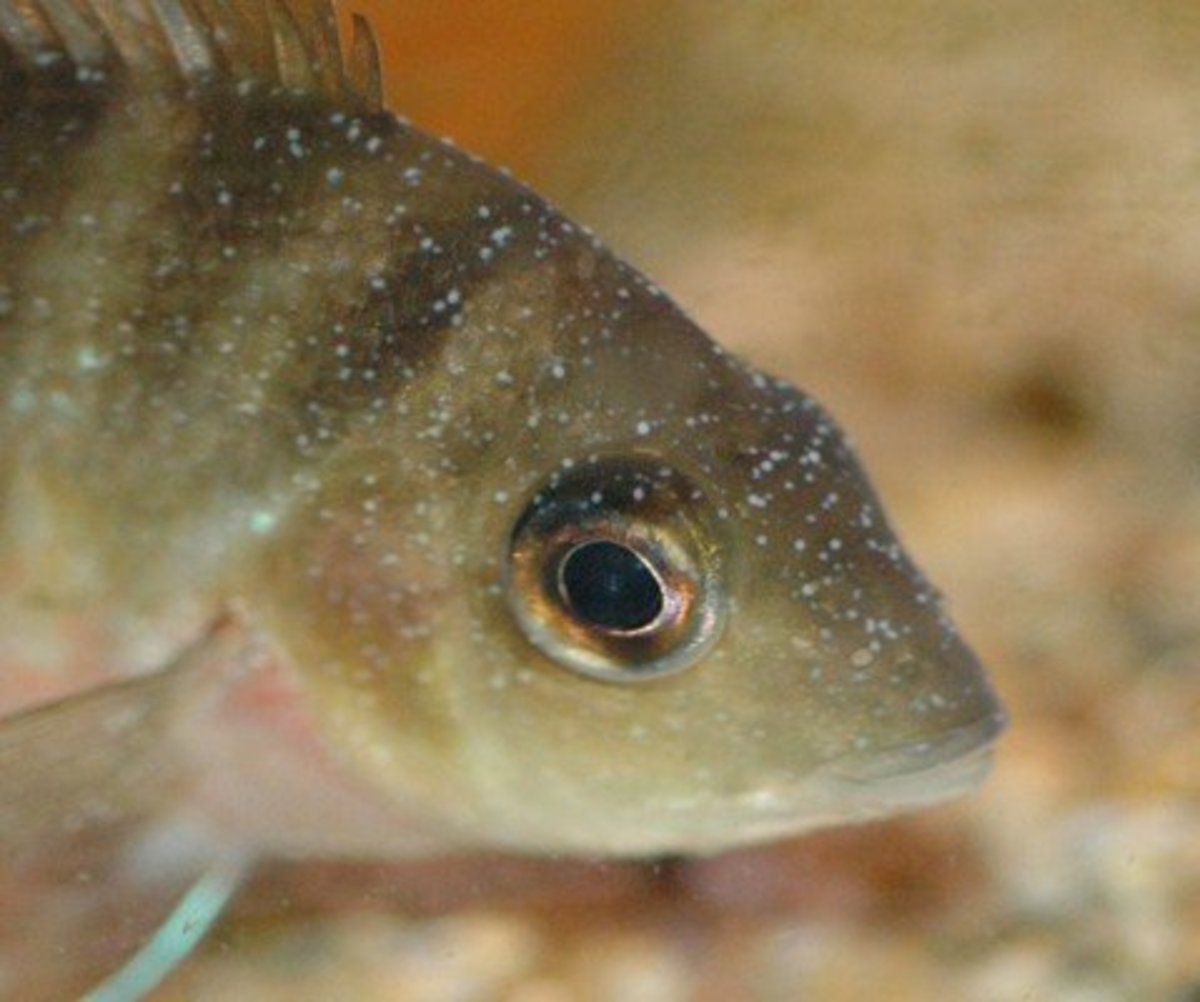One of the common diseases in aquariums is fin rot (also known as fin melting). It affects the appearance of fish negatively and also affects their health seriously.
Fin rotting is caused by a bacterial or fungal infection. The main reason for these infections is aquariums whose maintenance is delayed. In aquariums that are not maintained on time, water quality deteriorates and this causes stress and weakened immune systems of the fish.
In the early stages of the disease, small breaks, redness, and worn appearance appear on the fins. In the later stages, blackening and large tears appear on the fin. Another effect of this disease on fish is the loss of appetite, stagnation, and discoloration.
Although this disease affects all fish in general, it is more common in guppies and betta fish. These fish are genetically more prone to fin melting. After this disease is detected, it should be intervened quickly. Correct treatment of the disease is also important for the further life of the fish. If the treatment of the disease is delayed or not treated properly, it causes death. Another effect of improper treatment is permanent damage to the fins. These damages are also harmful as it will affect the swimming performance of the fish.
Another issue often confused with fin melting is that other fish bite the fins. If there are species in your aquarium that like to attack fins, it is useful to watch the aquarium carefully before starting treatment.
Fin Rot Causes
Fin rot is more common in guppies and betta fish that are genetically more prone. It is also possible to be seen in all fish. Water pollution caused by overfeeding is one of the most important factors. The water values should be at the appropriate levels for your fish. Water temperature, pH etc. If values such as are not at an appropriate level, they cause your fish to be stressed and weaken the immune system.
Damage to the fish’s mucosa as a result of external intervention can also trigger fin melting. It is recommended to perform aquarium maintenance on time, especially siphoning substrate during water changes. Make sure that the nitrogen cycle is ensured in the aquarium and that this cycle is not damaged. While cleaning the aquarium filter etc. equipment should not be washed with chlorinated water. Fish species compatible with each other should be kept in the aquarium. Fish that may attack each other may become weak and cause fin rot.
Fin Rot Treatment
If you are sure that your fish has fin rot, you can start the treatment.
Quarantine infected fish in a different aquarium
Put your fin rot fish in a different aquarium. Move your healthy fish to a separate aquarium too. Do not use the scoop you use to carry your diseased fish for your healthy fish. Otherwise, the infection can infect your healthy fish. Cleaning the aquarium will start the treatment. If fin melting is in its initial stage, cleaning may be sufficient for treatment.
Thoroughly clean your aquarium and equipment.
Completely drain the aquarium water and remove the aquarium equipment. Wash your aquarium and substrate materials in hot water. Soak equipment and accessories in hot water for 10 minutes and clean them with a brush. Soak your plants in lukewarm water. Then wrap them in a napkin to prevent them from drying out completely. Clean your filter.
Fill the aquarium with water
You can start setting up your aquarium again. Check the temperature and pH of the water before putting your fish in the aquarium. Make sure the water is free of ammonia and nitrite and that the nitrate level is acceptable (40ppm maximum). Transport your healthy fish to the aquarium. When transporting fish, first acclimate them to the aquarium water.
Treat your quarantined fish
- Start the treatment of your diseased fish by using the appropriate medicine and following the package insert of the medicine.
- If there is tasseling at the tip of the fin, use antibacterial medication.
- If there is melting and whitening in the entire fin, use antibiotics. In this case, holes may also occur in the fin.
- Clean aquarium water will speed up the treatment.
- If your fish is resistant to aquarium salt, for example, molly fish, you can also use salt to support the treatment. Do not pour salt into the aquarium. Add it to the aquarium after it has dissolved well in water. The salt to be used here; it is rock salt, not marine aquarium salt. Do not use salt if there are catfish such as corydoras in the aquarium. Because these species are sensitive to salt.
Provide extra ventilation
Since the drugs used in the treatment will reduce the oxygen in the aquarium water, make extra ventilation with an air motor or an air stone. If your fish is betta fish, do not vent at high speed. Otherwise, it will cause stress on your fish. Apply the treatment for the time indicated on the medicine insert. Less application may cause the disease not to be completely eliminated, and excessive application may cause stress to the fish.
Within a few days, your fish will have a noticeable improvement in their condition. Your fish will start taking an interest in food and swimming more actively. You can take pictures of your fish every day to better understand the course of treatment. If you think your sick fish have fully recovered, be sure to acclimate them to the water before placing them in the main aquarium. Finally, take the necessary measures to prevent the disease from recurring.
Fin Rot Prevention
Once you understand the situations that cause fin rot, it is also quite simple to prevent it.
- Avoid overfeeding to prevent water pollution.
- Do not delay the weekly water changes.
- Make sure the water values are suitable for your fish. Test water using test kits, adjust water values with water conditioners if necessary.
- Keep compatible fish in your aquarium. The immune system of the fish attacking each other will weaken over time.
FAQs
How is the salt treatment done in fin rot?
Some fish species such as guppy, swordtail, molly and platy are resistant to small amounts of salt. In this way, drug therapy can be supplemented with salt. After the salt is dissolved in water, it must be mixed into the aquarium. It will support the treatment and facilitate the healing process. However, salt treatment is not suitable for all fish species. For example, salt is not used for beta fish or stingray fish.
Is fin rot treated with antibiotics?
Fin rot is caused by bacteria in contaminated water. Secondary infections can occur with bacteria eating the fish’s tail. For example, fungus settles in opened wounds. It is possible to treat bacteria with antibiotics. However, if there are secondary infections, they must be treated separately.




